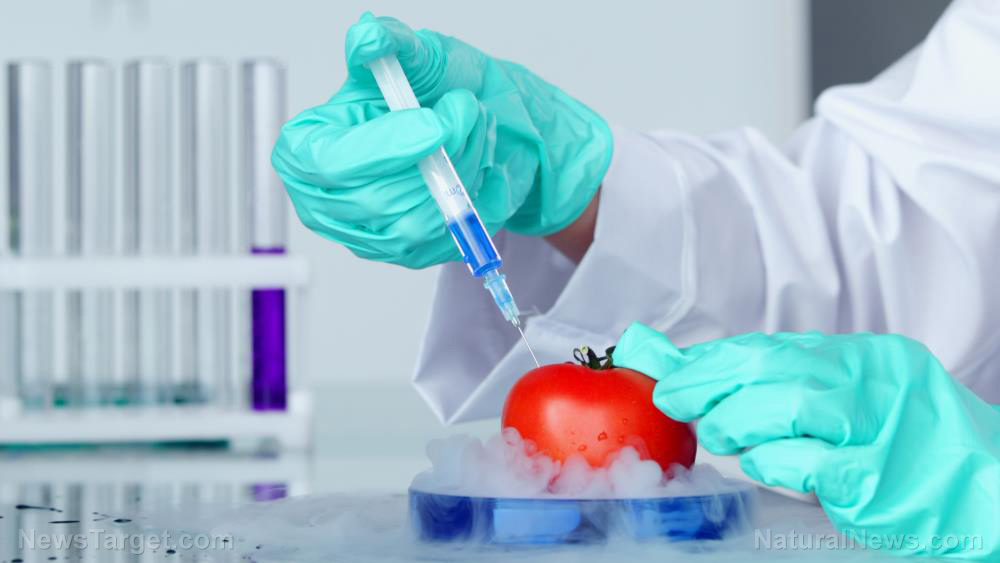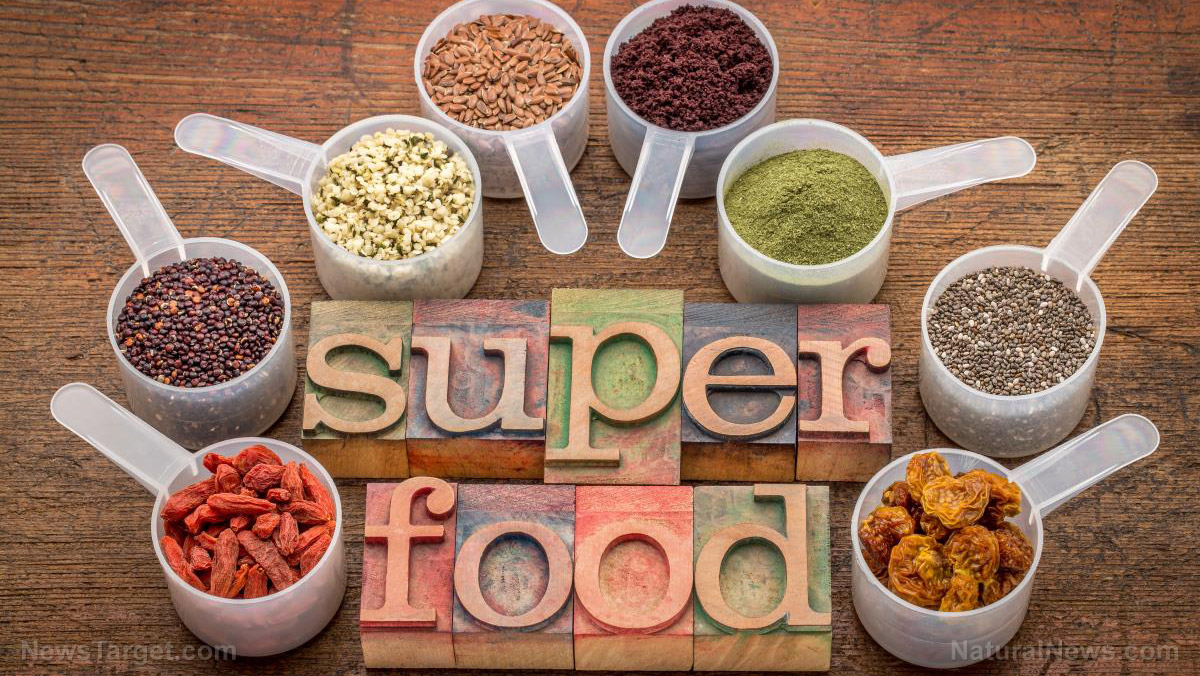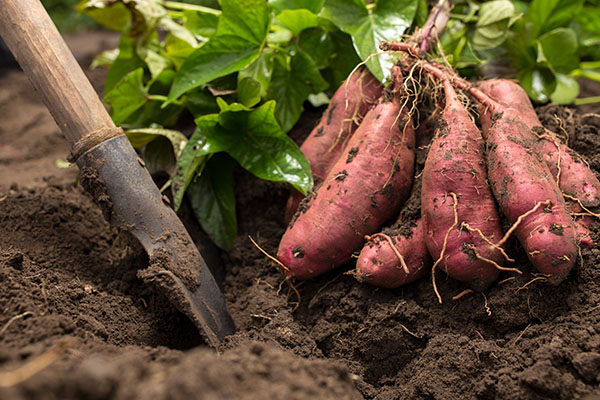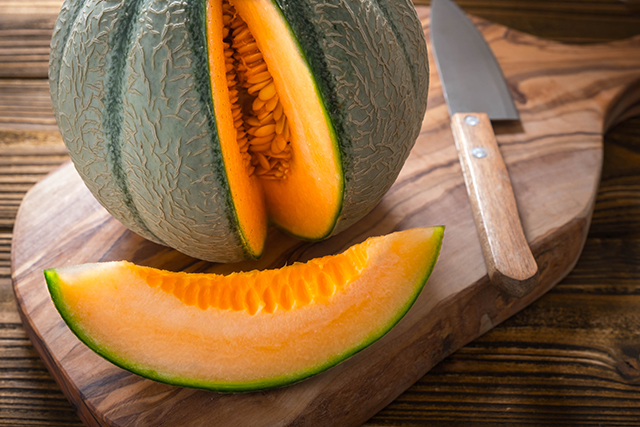Bill Gates says Africans need GMO seeds, chickens to survive climate change
12/05/2023 / By Ethan Huff
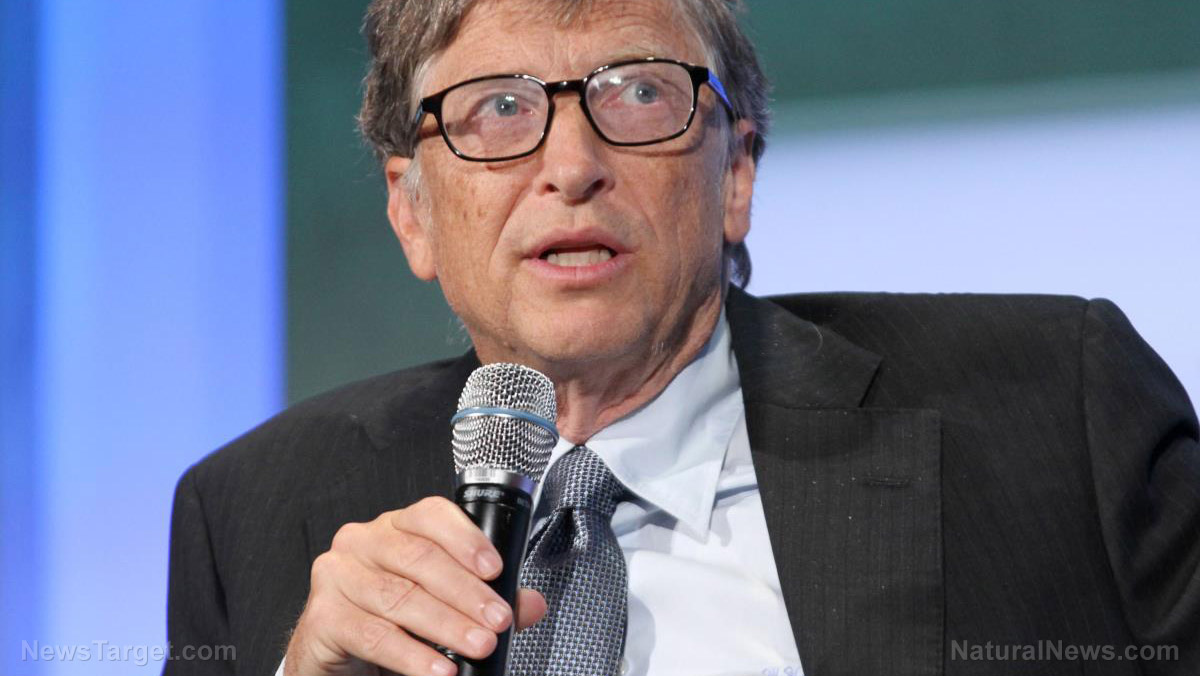
This year’s Africa Climate Summit, which was held in Nairobi, Kenya, from Sept. 4-6, featured the usual lineup of billionaire eugenicists pushing for a biotechnological takeover of Africa, one of them being Bill Gates.
Marketed using the slogan “Driving Green Growth & Climate Finance Solutions for Africa and the World,” the summit featured plenty of commentary from Gates about his various “climate crisis” investments in an apparently pre-recorded speech, which you can watch below.
“I started work on climate change over two decades,” Gates says. “When I visited Africa, I saw two things: First was how climate is already affecting agricultural output … I also saw the energy shortage.”
Gates would go on to praise the research and innovation efforts aimed at converting Africa to “green” energy, or what he personally calls “breakthrough energy,” this also being the name of an organization he created “to help with climate mitigation.”
According to reports, Breakthrough Energy’s mission involves accelerating the “unprecedented technological transformation” that Gates says is needed to reduce global greenhouse gas emissions to “net zero” by the year 2050.
One example of a green energy “success” in Africa that Gates spoke about in the video involved a Kenyan farmer named “Mary” whom Gates talked with personally about “how the new seeds and new approaches were helping her.”
“She had drought-tolerant seeds that made a very big difference,” Gates claims. “She also had chickens that were bred so they could be more heat tolerant.”
(Related: Last summer, Gates and the World Health Organization [WHO] announced plans to send millions of malaria “vaccines” to Africa, even though the jabs were shown to cause an increase in disease.)
Breakthrough Institute says Gates’ “green” pipe dreams are unrealistic
Many are wondering if Gates ever really had such a conversation with a person called “Mary,” or if this was just another one of his cockamamie tales designed to further promote his biotechnological and “green” innovations particularly in developing areas of the world such as Africa.
Gates has taken a keen interest in Africa throughout his career, probably because the land mass is huge and has a lot of potential to be globalized and turned into just another slave plantation for Gates and his ilk. Africa is an emerging market, in other words, that is ripe for exploitation.
Another thing is that not everyone in the philanthropy or even biotechnology world agrees with Gates. The Breakthrough Institute that Gates takes credit for actually refuted his “green” pipe dreams for Africa as being completely unrealistic.
“No matter what advocates and policymakers say, these cheap, renewables-only scenarios remain theoretical and unproven even for wealthy countries,” the directors of the Breakthrough Institute are quoted as saying. “It is even more difficult for poor countries.”
“Too often, climate advocates claim a consensus on the feasibility and affordability of 100 per cent renewable power globally when such a consensus simply does not exist – certainly not among energy systems experts, when they consider real-world constraints. Claims that it will be cheaper for African countries to use only renewable energy to grow their economies rather than a mix of fuels are unrealistic.”
In 2021, Scientific American published an article with a similar bent that challenges the mission and claims of Gates and his “philanthropic” foundation. The Alliance for Food Sovereignty in Africa (AFSA) says the Bill & Melinda Gates Foundation and its partner the Cornell Alliance for Science are lying about GMO seeds being healthy, productive, and environmentally friendly, which they are not.
The latest news about what Bill Gates has planned for Africa and the world can be found at Globalism.news.
Sources for this article include:
Submit a correction >>
Tagged Under:
Africa, agriculture, bill gates, chicken, Climate, climate change, conspiracy, crops, deception, depopulation, food supply, genetic lunacy, genocide, global warming, globalism, GMO, green living, Green New Deal, green tyranny, insanity, organic farming, propaganda
This article may contain statements that reflect the opinion of the author
RECENT NEWS & ARTICLES
COPYRIGHT © 2017 FOOD SCIENCE NEWS



